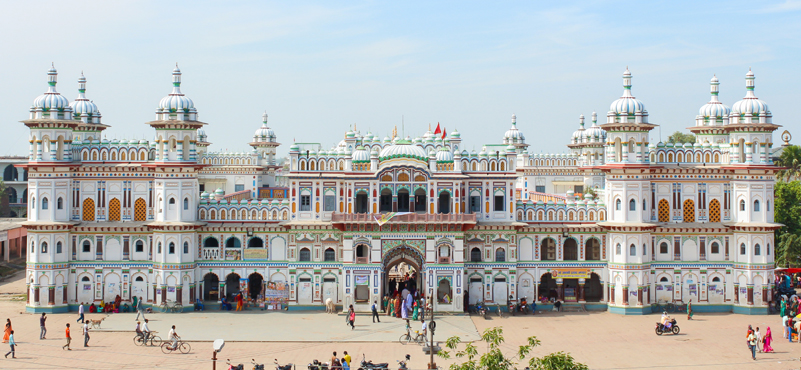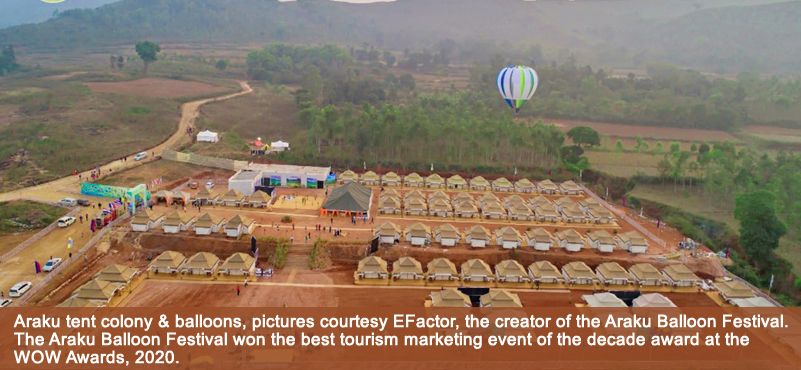Despite all the bad press that the Taj Mahal has garnered in the past few months, it has yet emerged as the second-best UNESCO World Heritage Site in a survey conducted by the online behemoth TripAdvisor. However, the absence of air-connectivity to major Indian gateways has continued to restrict Agra’s potential as a destination, reasons Paritosh Ladhani, Executive Director, Radisson Blu Agra. Excerpts from the interview:

Executive Director, Radisson Blu Agra
In a recent survey released by the global online giant TripAdvisor, the 17th-century Mughal monument has been ranked as the second-best UNESCO World Heritage site after Angkor Wat, Cambodia’s sprawling temple dedicated to Lord Vishnu. In the process, the Mughal-era structure has piped the likes of Peru’s Machu Picchu, The Great Wall of China, Iguazu National Park in Brazil, the old city of Jerusalem in Brazil and historic areas of Istanbul, among others. This news must certainly come as sweet music for the Indian tourism industry, especially local stakeholders. More so, when the Taj Mahal has been in the news for all the wrong reasons in the past few months. Only recently, the Supreme Court had made a scathing observation on the fast delipidating state of the monument, going as far as to comment that the if the government could not find the means to salvage the structure, it could even demolish it!
Good news aside, the survey has brought to fore a long-standing lacuna in Agra’s tourism offering. It has suggested that the city is bereft of other noteworthy activities, effectively making the city a one-day affair for tourists. Paritosh Ladhani vehemently opposed the assertion, mentioning that “there was much to do and experience.” “If you keep saying the same thing repeatedly, it does not bode well for tourism. There is so much more than the Taj Mahal,” he asserted, noting that the city was home to a number of heritage monuments. His hotel was going to offer a bike tour to take tourists to ‘Raja Bhoj ki Haveli’, he said, implying that private stakeholders were coming up with ingenious means to keep the visitors in the city for a longer duration.
“We have some 10-12 world-class cafes, 6-8 five-star hotels with numerous fine dining options, among others. So, there is no dearth of high-end options for tourists,” he reasoned. He added that the light and sound show at Agra Fort and Kalakriti (A cultural centre with art exhibits and live Bollywood-style shows about the Taj Mahal) were other major attractions for tourists.
Calling the absence of air-connectivity as the “crux of the problem”, he noted that it had “by default transformed Agra into a one-night destination.” “From a consolidated point of view, Agra has, unfortunately, never been marketed as a 2-3 nights destination,” he further said.
Drawing a comparison with Jaipur, another principal element in the famed Golden Triangle itinerary, he mentioned that Jaipur had gained immensely owing to a robust air-connect with Indian cities and a few international destinations. “There are more monuments in Agra, but Jaipur has fared better simply because it is easier to access,” he explained. He also mentioned that an excellent road connectivity, with the Expressway in the picture, had further eased access to Agra from Delhi and beyond, making longer stays a lesser-taken option among tourists.
The MICE segment was facing a similar crisis, as, despite the intention of international exhibitors to host conferences and meetings in Agra, they were choosing to opt out, sighting the absence of direct or indirect air-connectivity.
He suggested that Uttar Pradesh had a long way to go in amplifying its global outreach. “Rajasthan, despite a homogenous offering, gains more traction among international tourists as it has marketed destinations way better than us,” he said, sharing that the James Bond movie named Octopussy was shot in the western state way back in 1982. “There is no comparison,” he rued. He added that the state of Uttar Pradesh was slowly getting explored, with places like Kannauj beginning to garner some bit of prominence.
Placing Agra on the national and international aviation map was a “low-hanging fruit” for the government, he insisted when asked why Agra was not yet being considered for the UDAN scheme. “The state government is saying that it will take a year, but we have been given assurances before as well,” he said in an exasperated tone. Mooting the way forward, he suggested creating a civil terminal with a separate entrance to ease the movement of people coming into the airport. “Given that Agra has an Air Force terminal, it goes through the Air Force colony, causing considerable delays and elongated security checks,” he said, explaining the rationale behind the suggestion of a separate civil terminal. “The land for the terminal has been acquired and inaugurated, but the bureaucratic procedures take their own time,” he concluded.




































